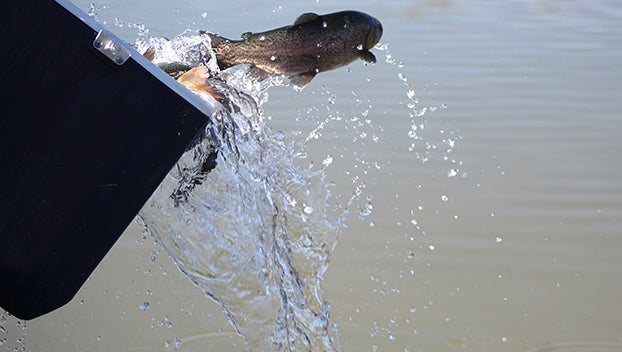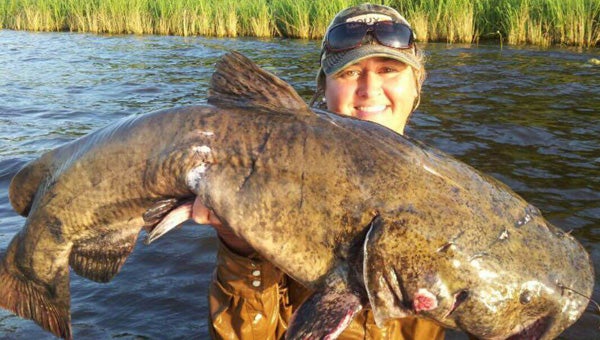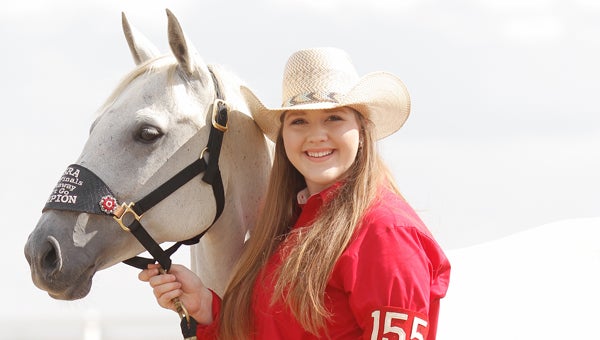Expect fast fishing improvement
Published 12:01 am Sunday, March 9, 2014
At last, the cold fronts are slowly losing their punch. What a brutal winter this has been. I will repeat myself one more time and hopefully the last time.
I began fishing the area lakes about 38 years ago. I cannot recall a winter as cold as this one has been. January was as good as January can be. January is usually one of the tougher months especially on the guys and ladies that don’t like to fish deep water, but my preference is deep water which was inherited through my Dad.
Anything shallower than 15 feet Dad considered being too shallow. I was raised fishing big reservoirs like Toledo Bend which is 18,200 acres and 65 miles long. I had to make some dire adjustments to fish the shallow Mississippi River oxbow lakes.
January was good to me as was the first week of February. From there, conditions deteriorated rapidly.
The fish were not hard to locate in heavy water, but they were extremely hard to catch. I am a sonar user. I was fortunate to be raised by a Dad that was a dedicated bass and white perch angler. Dad had one of the very first Lowrance Green Box flasher sonars. So at a very young age, I was taught to interpret the blips and flashes on the old school sonars.
The portable “green box” flasher was replaced by “box” flasher sonars that mounted in your boat with the transducer attached to the transom. A transducer is the device that shoots the signal to the bottom of the lake, back to the transducer and to the unit where we interpret the signals.
The transducer sends the pings at a very fast speed to the bottom of the lake or river and back to the transducer in much the same way as a bat uses sonar to fly and catch tiny insects on a pitch black night.
The flashers gave way to the old school paper chart recorders that came from the saltwater scene. The paper chart graph worked like the flasher, but the unit contained a roll of graph paper and a pickup roll. A belt driven stylist burned the signal onto the paper which gave us a print out of what was under the surface and down to the bottom of the lakes.
Fast forward to today. Sonar combo units with GPS and radar capabilities are now the new “cat’s meow.” The standard transducer shoots straight down. Just picture an ice cream cone upside down with the point being the transducer and the wide cone the bottom of the lake.
The deeper the water, the more coverage you get with standard and dual beam transducers. Now we have the capability of shooting sonar left to right (side imaging) out to at least 350 feet on either side of your boat. The latest and greatest is a transducer mounted on a reverse periscope that lowers the transducer below the boat and shoots a 360 degree readout.
Sonar units are now on-board computers with capabilities to pick up satellite radio, weather reports, GPS and radar if you buy that option. The units contain toolbars with a host of menus that include sub menus and sub-sub menus.
This winter I did not see any streaks of moving fish on the sonar, meaning the game-fish and rough fish like gar, carp and buffalo were lethargic.
The good news is the fishing is about to improve. The improvement will happen very fast like overnight. It is all about water temperature. When the lakes hit 58 degrees or warmer, head to thin water and fish. The bass and perch will be there.
At 65 degrees or higher the bream will spawn. Just after that, usually in May through June, the catfish will spawn. So change your fishing line, get your boat serviced and get ready. Mother Nature is about to give us a much needed break.





